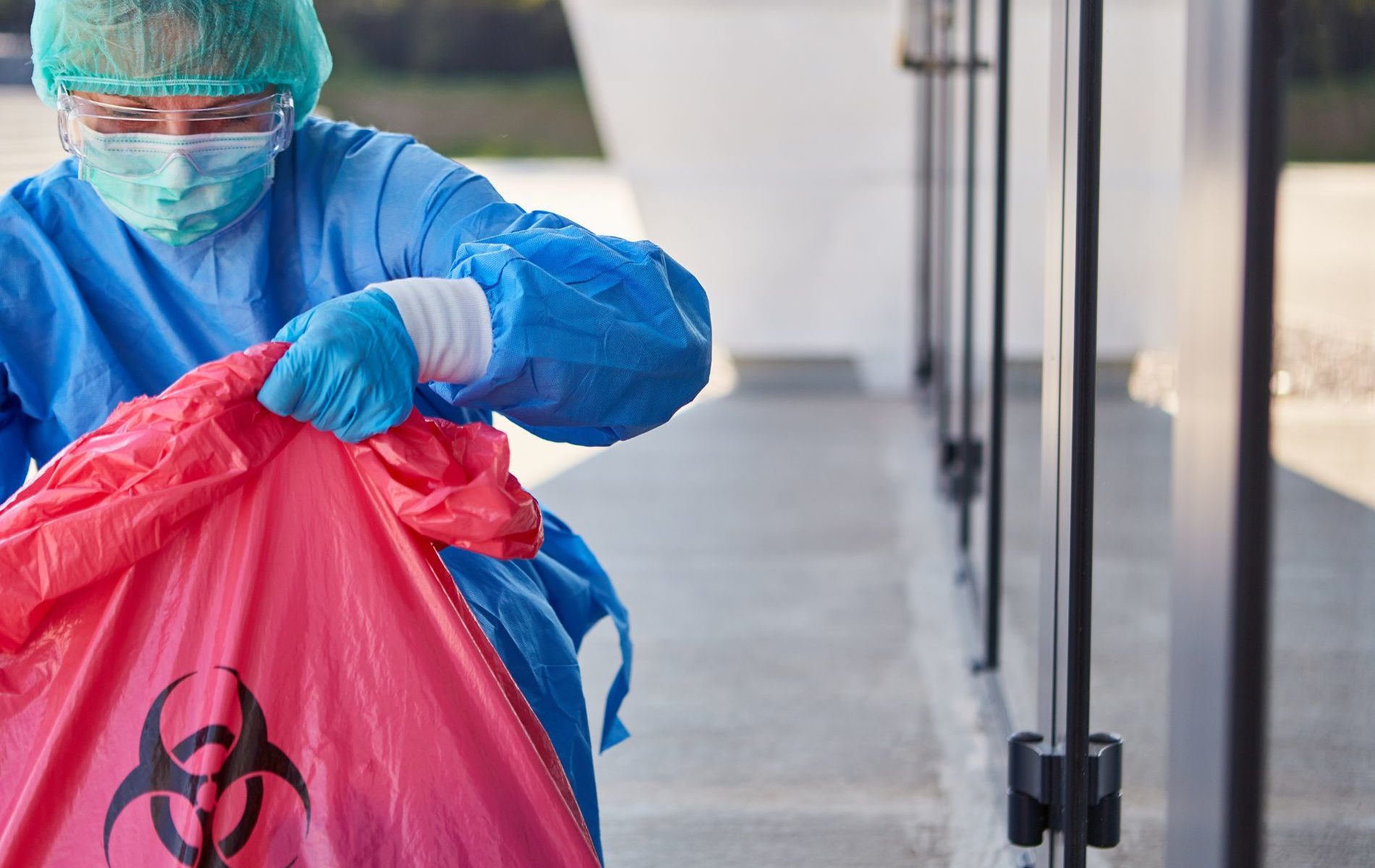Reclaim Waste - Truths
Reclaim Waste - Truths
Blog Article
Some Known Incorrect Statements About Reclaim Waste
Table of ContentsReclaim Waste Fundamentals ExplainedThe Best Strategy To Use For Reclaim WasteReclaim Waste Fundamentals ExplainedThe Basic Principles Of Reclaim Waste Some Known Questions About Reclaim Waste.
Domestic sewer waste refers to the waste and items from a residential septic tank. The appropriate administration and disposal of residential sewer waste need fluid waste to be moved to a sewer treatment plant where the proper techniques and equipment are used to detoxify and dispose of waste.
Commercial waste frequently consists of prospective hazards, such as combustible products or a combination of liquid and strong waste products, and requires an extra sophisticated and comprehensive disposal procedure. The disposal of industrial waste usually entails the filtering of waste before transport to make certain risk-free and correct disposal. Industrial waste is produced from by-products and overflow of industrial processes and production.
This sort of waste can not utilize the exact same sewage monitoring transport or procedures as septic or industrial liquids. The hazardous waste management procedure calls for the assessment and testing of liquid waste before it undergoes the disposal process (liquid waste removal melbourne). Drainage waste is the fluid waste that originates from overflow and excess stormwater in very booming areas or cities
Overflow waste can create contamination and flooding if not dealt with properly. Guaranteeing proper waste management can stop disasters and lower ecological damage.
5 Simple Techniques For Reclaim Waste
Get in touch with PROS Providers today to find out about our waste monitoring and disposal solutions and the proper methods to care for the fluid waste you produce.
(https://myspace.com/reclaimwaste1)
This supposed 'wastewater' is not only an important resource however, after therapy, will be launched to our land, waterways or the sea. Made use of water from bathrooms, showers, bathrooms, cooking area sinks, laundries and commercial procedures is understood as wastewater.

water made use of to cool down equipment or clean plant and devices). Stormwater, a kind of wastewater, is drainage that moves from agricultural and metropolitan locations such as roofings, parks, gardens, roadways, courses and seamless gutters right into stormwater drains pipes, after rainfall. Stormwater flows without treatment straight to regional creeks or rivers, at some point reaching the ocean.
Some Known Questions About Reclaim Waste.
In Queensland, the majority of wastewater is treated at sewage therapy plants. Wastewater is carried from residential or commercial sites via a system of sewers and pump terminals, understood as sewerage reticulation, to a sewer therapy plant.
The Department of Natural Resources advises city governments concerning managing, operating and keeping sewerage systems and treatment plants. In unsewered areas, city governments may need owners to set up individual or household sewer treatment systems to deal with domestic wastewater from bathrooms, kitchen areas, bathrooms and laundries. The Department of Natural Resources authorizes the use of home systems when they are shown to be efficient.
Most stormwater receives no therapy. In some brand-new neighborhoods, treatment of some stormwater to get rid of trash, sand and crushed rock has actually started using gross toxin traps. Wastewater treatment occurs in four stages: Gets rid of solid matter. Larger solids, such as plastics and other things wrongly discharged to sewage systems, are gotten rid of when wastewater is travelled through screens.
Wastewater after that streams right into big storage tanks where solids resolve and are removed as sludge. Oil and residue are skimmed from the surface area. Utilizes small living microorganisms understands as micro-organisms to damage down and get rid of remaining liquified wastes and great particles. Micro-organisms and wastes are incorporated in the sludge. Removes nitrogen and phosphorus nutrients that could create algal flowers in our waterways and threaten marine life.
8 Simple Techniques For Reclaim Waste
Nutrient elimination is not readily available at all sewage therapy plants because it requires expensive specialised tools. Clear liquid effluent generated after treatment may still consist of disease-causing micro-organisms - liquid waste disposal melbourne.

Many wastewater streams right into the sewerage system. Under the Act, neighborhood federal governments provide approvals and licences for eco relevant activities (ERAs) including wastewater releases that could have a local impact.
Getting My Reclaim Waste To Work
Or else, examples are considered research laboratory analysis. Frequently numerous tests are needed to develop the levels of each of the various contaminants such as oils, heavy steels and chemicals in water. Tracking provides valid info concerning water quality and can confirm that permit problems are being satisfied. The info gotten with surveillance gives the basis for making water quality decisions.
Report this page